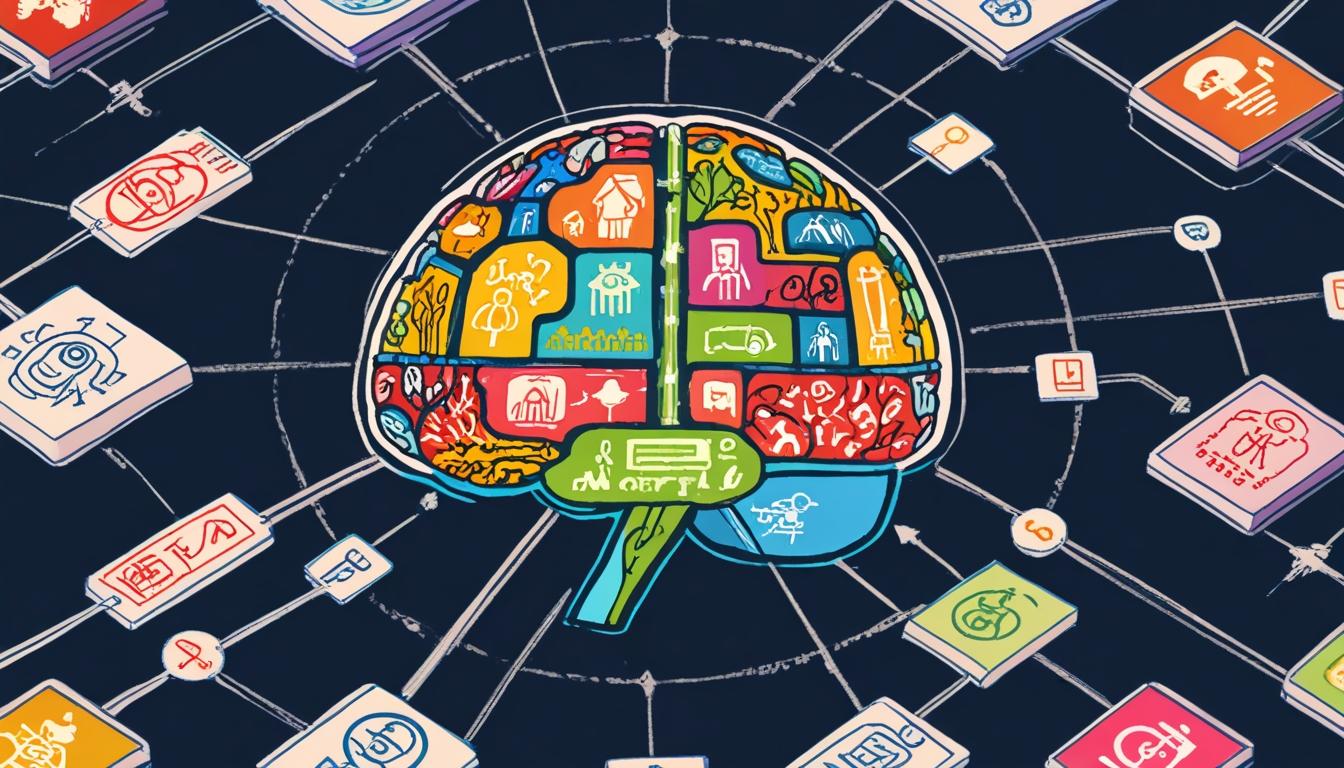From April 21 to April 28, 2025, significant advancements in AI and technology have been reported across a range of sectors including transportation, healthcare, agriculture, and cultural heritage.
In Dubai, South Korean AI firm Nota AI has collaborated with the city’s Road and Transport Authority to enhance traffic safety through a real-time video analysis platform. The system monitors live traffic camera footage to detect hazards such as accidents or stalled vehicles, then promptly alerts emergency responders with exact location information. Additionally, it generates automated reports to assist traffic management, aligning with Dubai’s broader smart city initiatives.
Cancer research has seen progress at Argonne National Laboratory and the University of Chicago, where the Aurora supercomputer is being employed to develop drugs targeting previously untreatable proteins. By integrating AI models with atomic-level simulations of unstable protein structures, researchers have been able to identify potential binding sites for therapeutic molecules. This innovative method accelerates the search for treatments targeting resistant forms of cancer.
In the agricultural sector, John Deere, headquartered in Illinois, has unveiled an AI-driven sprayer system that attaches to tractors and targets weeds selectively while operating at speeds of 12 to 15 miles per hour. Utilising cameras and AI software that distinguish between crop and weed leaf shapes, the system applies herbicides only where necessary. Field testing demonstrated chemical reductions of up to 60 percent. The system also collects image data to refine its accuracy further, performing best with certain crops at moderate speeds.
Wales is pioneering mental health support among teenagers through a pilot of an augmented reality therapy app conducted by the Cardiff Youth Service. The app offers a game-like experience where users design a digital flower and choose weather settings, which they then view within their real environments using their phone cameras. Initial trials in Cardiff and Swansea showed increased social interaction, particularly among neurodivergent students, and a reduction in anxiety-related symptoms.
A cultural heritage initiative in Liberia, known as the Back-to-Africa Heritage and Archaeology Project, has collaborated with the National Museum of Liberia to repatriate cultural artifacts held in the United States via virtual reality. The Traveling Treasures program allows students in Monrovia to explore high-resolution 3D models of items such as a 1952 presidential election paper fan, currently housed at Northwestern University. This VR project has engaged students strongly and rekindled interest in Liberia’s cultural heritage dispersed internationally.
In Greece, scientists at the University of the Aegean have created an algorithm aimed at managing tourist flows across 12 protected beaches in the western Peloponnese. The tool considers factors like each beach’s physical capacity, ecological vulnerability, and visitor perceptions to set sustainable visitor limits. On Kalo Nero Beach, for example, daily visitors exceed the sustainable number by more than three times. This data-driven system offers local authorities a way to mitigate overcrowding and conserve sensitive coastal ecosystems.
Illinois-based biotechnology company Nucleai is applying AI to spatial biology to enhance cancer treatment development. Its platform maps cellular interactions within tumours to identify spatial biomarkers that predict treatment responses. This capability assists drug developers in selecting trial participants and designing more effective therapies.
Oxford’s FAI Farms has developed Flockwise, an AI system that monitors hen health using sensor data including vocalisations to detect stress, illness, or environmental problems. The technology advises farmers of emerging issues and tracks feed, equipment, and egg quality. Nationwide adoption of Flockwise could potentially increase egg production by 1.7 billion annually, raise industry income by £280 million, and reduce carbon emissions by improving hen longevity and productivity.
Workplace productivity is being advanced by Zoom, which is introducing an agentic assistant capable of scheduling meetings, assigning follow-ups, and aiding document drafting by adapting to individual work habits. This assistant utilises multiple specialised AI models rather than a single large model, enabling faster and more efficient task management suited to various workplace activities.
Finally, in neuroscience, teams at the University of California San Francisco and Precision Neuroscience in New York are developing brain implants that convert neural signals into speech using AI. The technology trains on silent speech attempts, employing deep learning to decode brain activity into audible speech. Recently, Precision secured approval for retaining its high-resolution implants in patients for up to 30 days. This development could lead to the largest database of neural speech data and the future creation of permanent devices that restore voices.
These diverse technological advancements reflect ongoing efforts worldwide to integrate AI and innovative tools in improving public safety, healthcare, agriculture, education, heritage preservation, and workplace efficiency.
Source: Noah Wire Services
